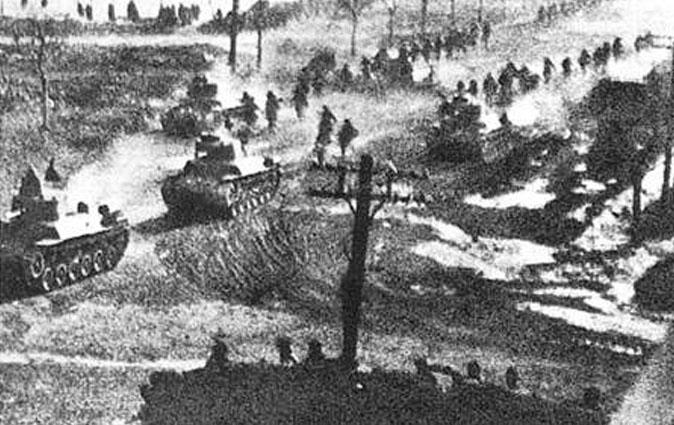Southern California Officials just can’t seem to keep Wally the dead whale from haunting ocean shores.
The whale’s dead carcass was spotted two miles from shore at Dana Point, California, on July 13th after several previous attempts to give the 45-foot, 40-ton whale a proper burial.
Wally first washed up at Los Angeles’ Dockweiler State Beach just before the Fourth of July weekend. The carcass was towed out to sea then in the hopes that the whale would naturally decompose far from the shoreline.
However, a week later, the carcass again drifted a half mile from shore in San Pedro, so it had to be towed further out to sea.
Wally then visited Newport Beach shorelines twice on July 10th and 11th. On the first day, lifeguards had to spend an entire day towing the whale due to its size. The towing boat was eventually able to get it 11 miles out to sea, but a strong south wind brought the whale back the next day.
A dead whale near shorelines poses problems, most notably the stench that a large mass of decaying flesh gives off to those along the coastline.
“Just the size and the bloat and the smell was something,” Lifeguard Battalion Chief Mike Halphide told the Los Angeles Times when towing the whale from Newport.
Rotting corpses are also known for attracting predators, which in the case of a rotting whale, can be great white sharks. GrindTV reports that a man fishing near Wally’s carcass off the Palos Verdes Penninsula on a 24-foot vessel was attacked by great white sharks seven times.
“Words cannot describe how loud the impact was around my head inside the v-berth,” Keith Poe, the man, wrote in a Facebook description.
Though the whale named Wally is making posthumous deadlines, Wally was also well loved back when she was alive. Wally was frequently spotted along the Orange County coastline, where experts tracking the whale determined that she was a female.
One YouTube video featuring Wally published by whale enthusiast Mark Girardeau last July went viral, garnering over 1 million views.



